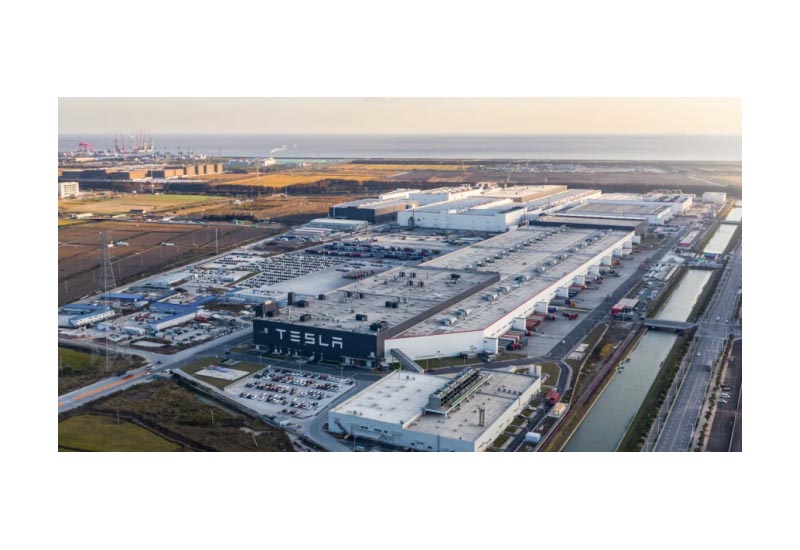Tesla making some big changes, multiple sources close to the company have confirmed that Tesla has put a halt to production on the 1.0 battery line at its Gigafactory Shanghai. Why? Well, it seems that Tesla is changing its battery strategy and outsourcing some of its battery packs to suppliers. This move comes as the company gears up to upgrade the batteries in its best-selling Model 3 and Model Y vehicles.
The Gigafactory Shanghai, which houses three battery factories, including line 1.0, 2.0, and 2.2, was the first to be built. However, production capacity for the 1.0 line is relatively small and no longer suitable for Tesla’s needs. As a result, the 2.2 battery line will replace the 1.0 line and produce some of the battery packs.
Tesla’s new battery pack will be used for its new Model 3 Highland (Tesla Model 3 Goes through a Facelift: What’s New with the Highland Project?), which will see the base model’s rear-wheel-drive board increase from 60kWh to 66kWh. The new lithium iron phosphate battery from CATL will be used to power the Model 3 Highland, with the new battery pack also set to be used as a platform solution for future models.
Related Posts: First Look: Tesla Model 3 Facelift Revealed in Leaked, Code-Named ‘Highland’
CATL’s Qilin factory is located next to Gigafactory Shanghai, and Tesla has a supply agreement with CATL. Tesla plans to purchase entire battery packs from CATL, which means the company won’t require battery assembly workers in Shanghai. CATL claims that its M3P battery in the CTP Qilin Pack will have a range of over 400 miles (1000 km) and can be charged from 10% to 80% in just 10 minutes.
Tesla’s supply agreement with CATL is part of its diversified sourcing strategy, which also includes BYD providing Gigafactory Berlin with a structural battery pack for Model Y (Tesla’s Model Y Gets a Boost from BYD Batteries in Germany), while Tesla produces 4680 battery in the US for Austin. The use of structural packs allows for dual castings, further reducing costs and speeding up production time, but requiring fewer employees for certain jobs. Tesla has sent all 4680 cell battery model EV to the US to take advantage of the US IRA.
However, this change in battery strategy also means a reduction in pack assembly jobs. Tesla has already begun laying off employees related to battery pack assembly at its Shanghai factory, with over 50% of employees from the 1.0 line being laid off (Tesla Forced to Lay Off Over 50% of Battery Assembly Workers in Shanghai). Most will receive compensation, while a small number will be transferred to other positions. The equipment used for the 1.0 battery assembly will also be dismantled or relocated.
While some may worry about job losses, the reduction in pack assembly jobs indicates that the Shanghai-produced version of the Model 3 project highland, which will use the CATL Qilin battery pack, is close to being released. Tesla’s battery strategy shift may be just what the company needs to continue innovating and producing cutting-edge electric vehicles.
